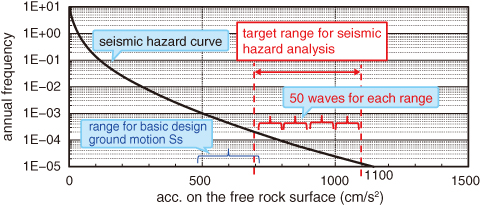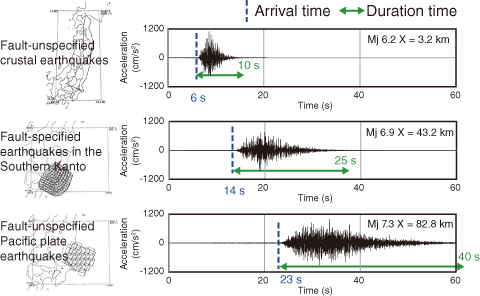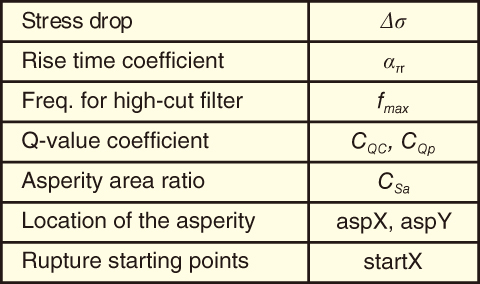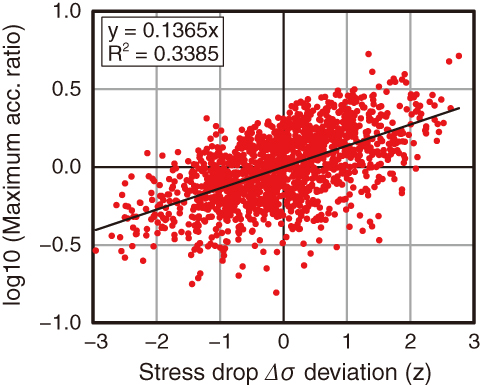
Fig.10-4 SH curve based on the attenuation relationship

Fig.10-5 Example time histories of reproduced GMs
Table 10-1 SSC, considering the uncertainty


Fig.10-6 Example of the relationship between maximum acceleration ratio and SSC (stress drop)
Seismic risk assessment (SRA) of nuclear facilities is effective for the consideration of possible ground motions (GMs) that are beyond design assumptions, allowing measures to be reinforced to ensure better safety. Recently, we have embarked on a trial of an enhancement to the SRA method, utilizing a three-dimensional detailed analysis technology that we have developed, with the objective of developing an SRA method using the Monte Carlo simulation (MCS). Instead of the conventional separated evaluation method, potential damage to equipment is assessed by a response simulation using the GM of each item. The advantages of this technique are that it identifies the seismic source characteristics (SSC) that are likely to damage equipment of interest, and that it directly evaluates the correlations between equipment damage.
We began by considering the generation method of the GM as an input. The GM generation methods in conventional SRA are divided into two types: the empirical approach based on the seismic hazard (SH) and an attenuation relationship, and the physical approach based on a fault model. We encountered problems that defeated both methods: the SSC of the GM could not be fully treated in the empirical approach, and the frequency of the GM could not be considered in the physical approach. Therefore, to solve these problems, we devised a technique that combines the two approaches. We proposed a methodology based on MCS to generate a set of GMs that are consistent with the SH, and to consider the differences in the source characteristics using a fault model. Fig.10-4 shows the SH curve at the site. Fig.10-5 shows some examples of time histories of the reproduced GMs.
To date, a trial was conducted at the Oarai site of JAEA to generate GMs by MCS and extract the seismic GMs according to the frequency. Table 10-1 shows the SSC, considering the uncertainty. Consequently, it was found that the SSC (such as high frequency cut-off filter and stress drop) had a large impact on the maximum acceleration of the input, as shown in Fig.10-6. The generation of seismic GM with known SSC enables the analysis of seismic GM characteristics and SSC that affect the damage to nuclear facilities.